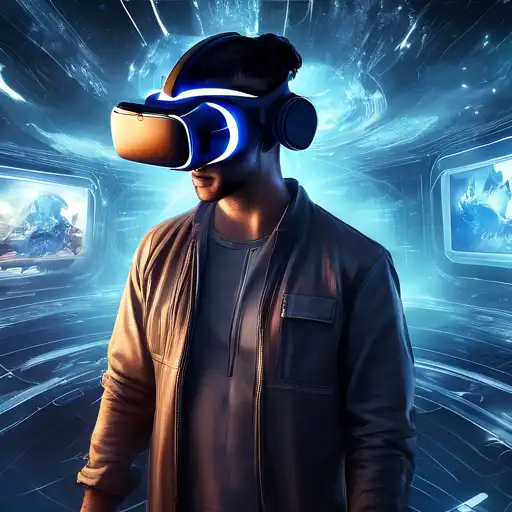Introduction to Virtual Reality
Virtual Reality (VR) has transformed the way we interact with digital content, offering an immersive experience that goes beyond traditional screen-based media. By simulating a three-dimensional environment, VR allows users to explore and interact with virtual worlds in a way that feels incredibly real.
The Evolution of Virtual Reality
From its early days as a concept in science fiction to the cutting-edge technology we have today, VR has undergone significant evolution. The journey from bulky headsets to sleek, wireless devices showcases the rapid advancements in this field.
How Virtual Reality Works
At its core, VR technology relies on a combination of hardware and software to create immersive experiences. Headsets track the user's movements and adjust the virtual environment accordingly, while controllers allow for interaction within these digital spaces.
Applications of Virtual Reality
VR is not just for gaming; its applications span various industries, including education, healthcare, and real estate. For instance, medical students can practice surgeries in a risk-free environment, and potential homebuyers can tour properties virtually.
Virtual Reality in Education
Educational institutions are leveraging VR to provide students with interactive learning experiences. From virtual field trips to complex scientific simulations, VR makes learning more engaging and effective.
Virtual Reality in Healthcare
In healthcare, VR is used for everything from pain management to surgical training. Patients can undergo virtual therapy sessions, and surgeons can rehearse procedures before performing them on actual patients.
The Future of Virtual Reality
As technology continues to advance, the potential for VR is limitless. With the development of more sophisticated hardware and software, we can expect VR to become even more integrated into our daily lives.
Challenges and Opportunities
Despite its potential, VR faces challenges such as high costs and the need for more content. However, these challenges also present opportunities for innovation and growth in the industry.
Conclusion
Virtual Reality offers a new dimension of experience, blurring the lines between the physical and digital worlds. As we continue to explore its possibilities, VR is set to revolutionize how we live, work, and play.
For more insights into the latest in technology, check out our technology trends section.
